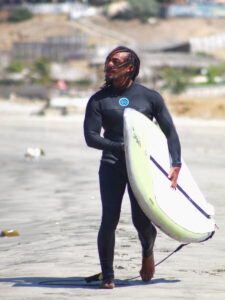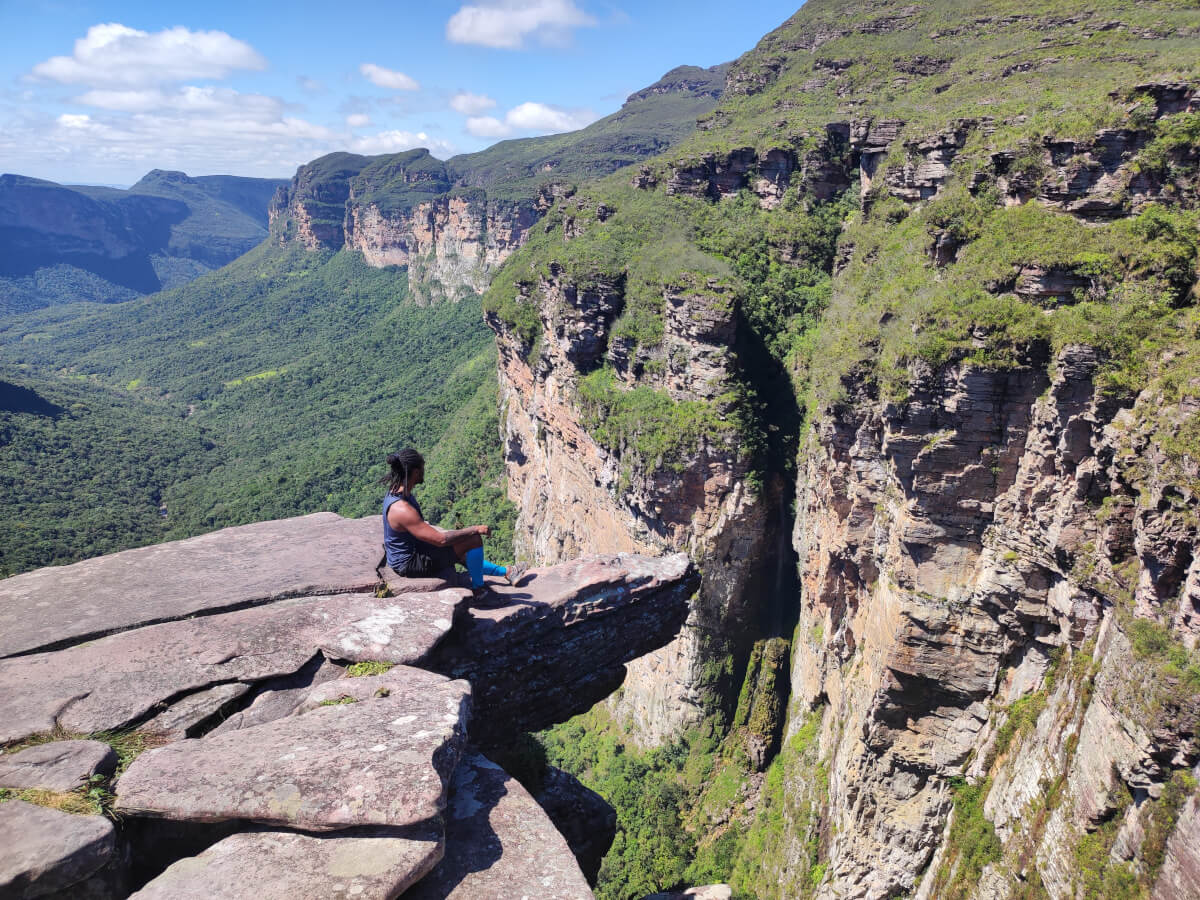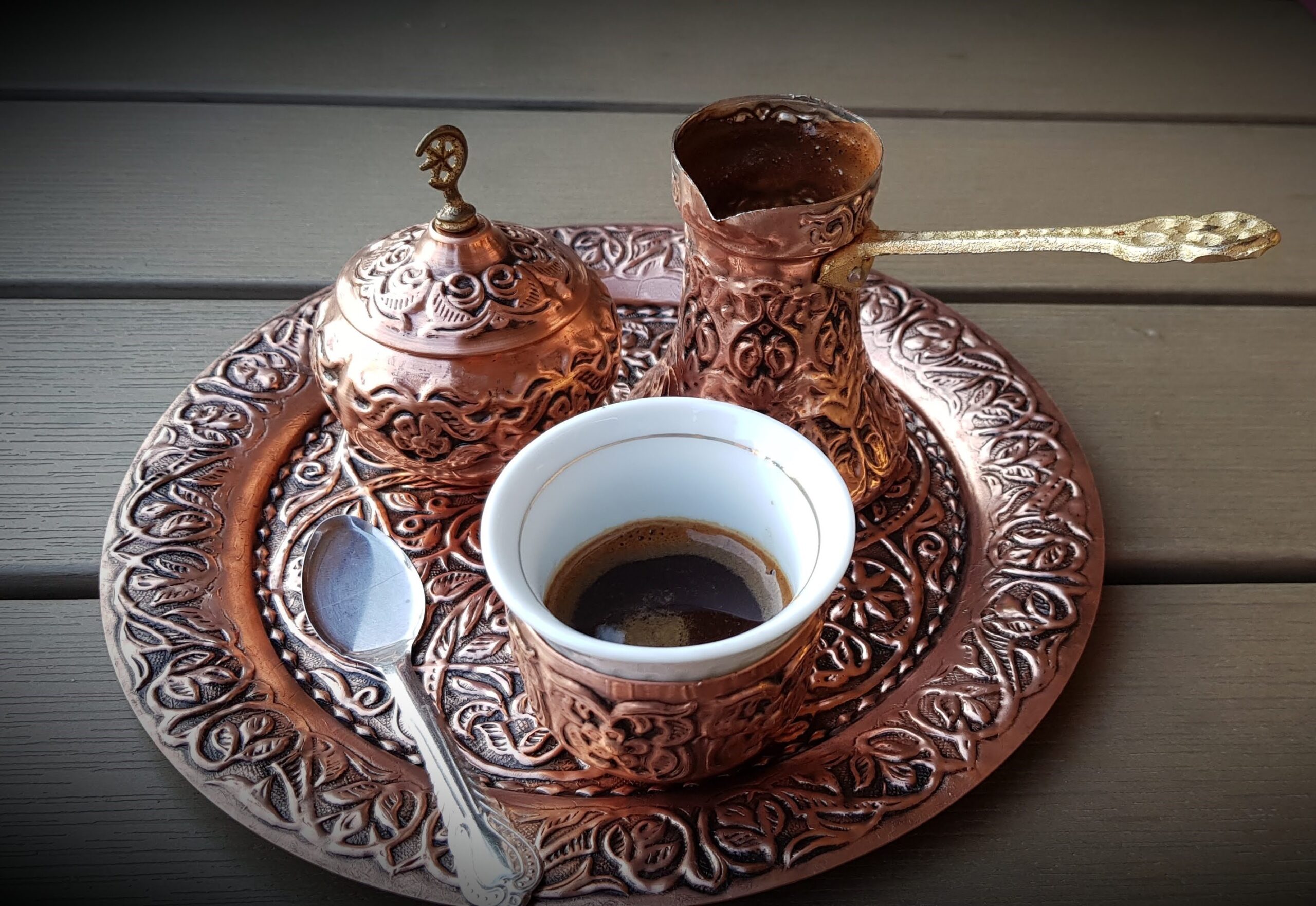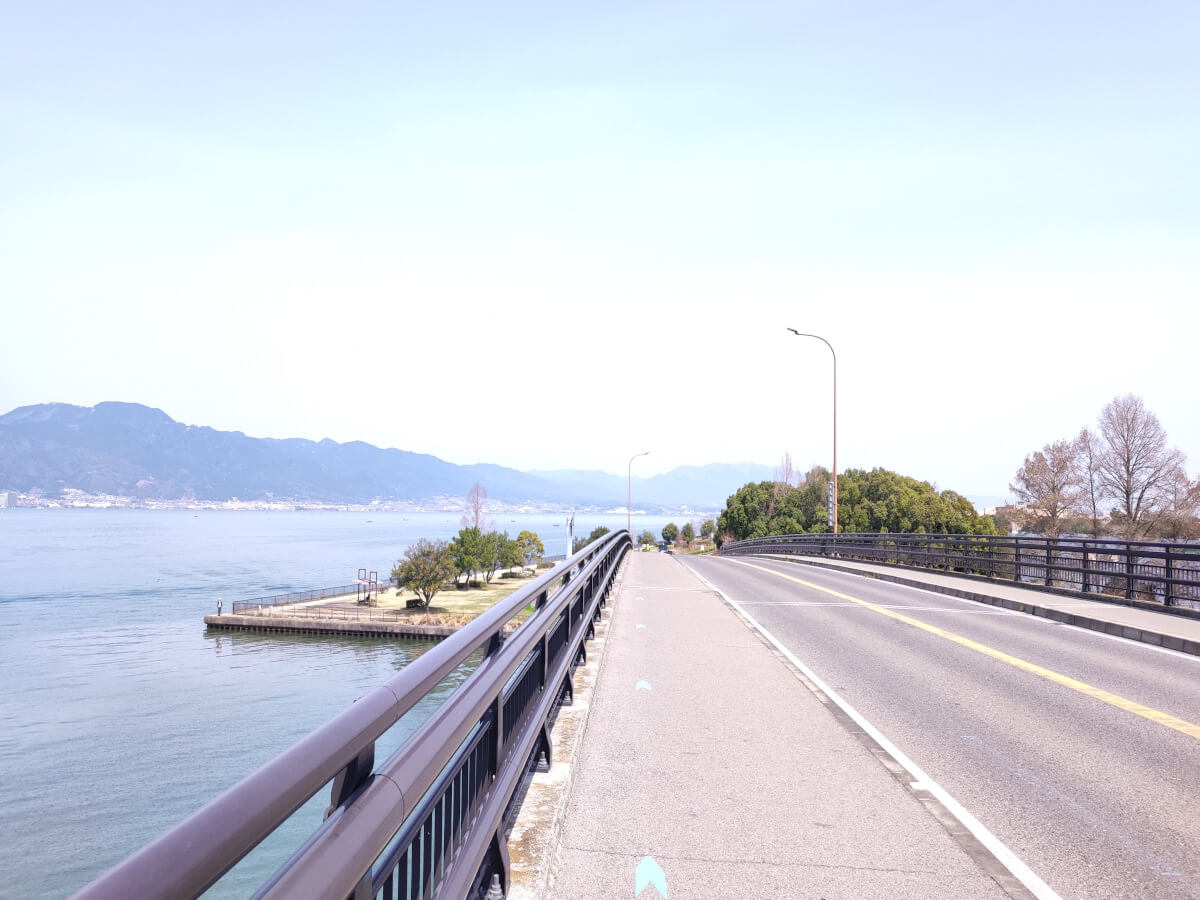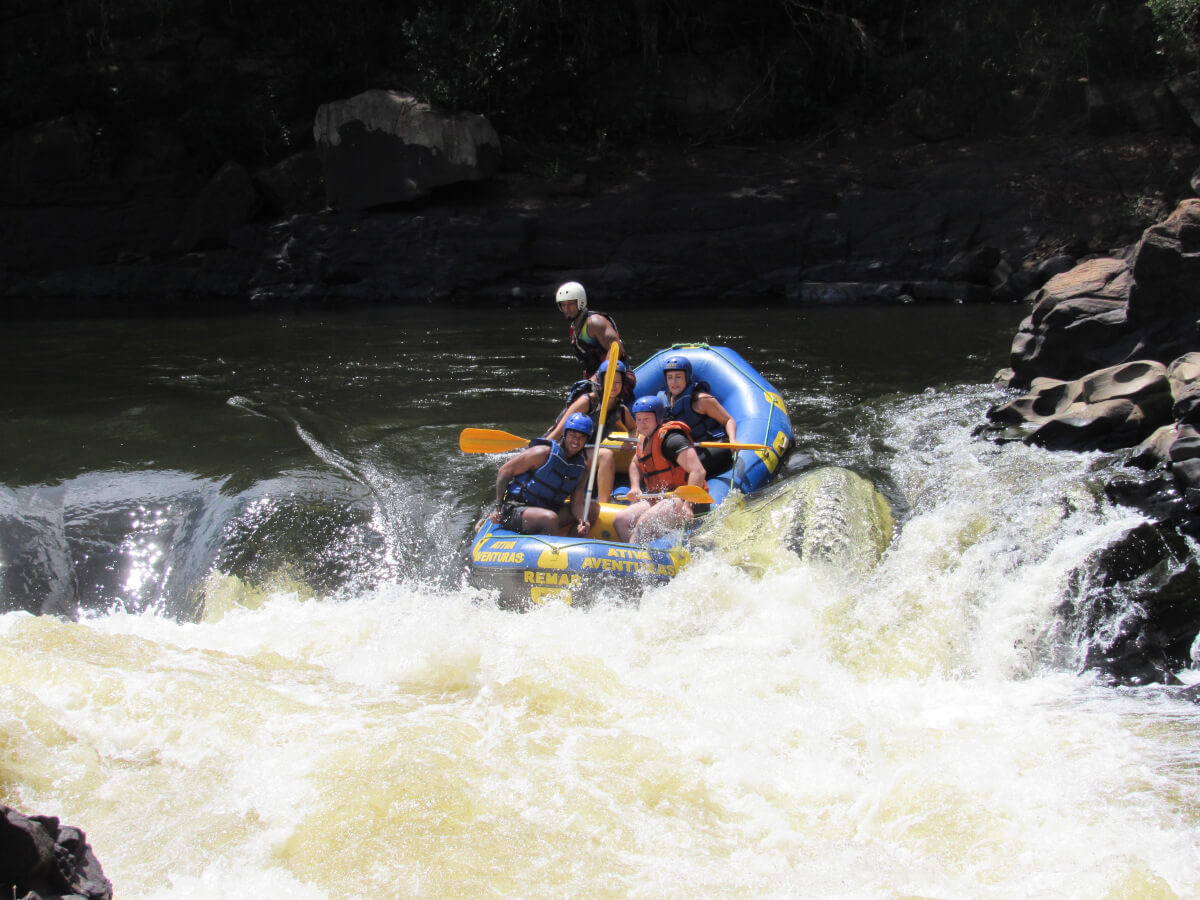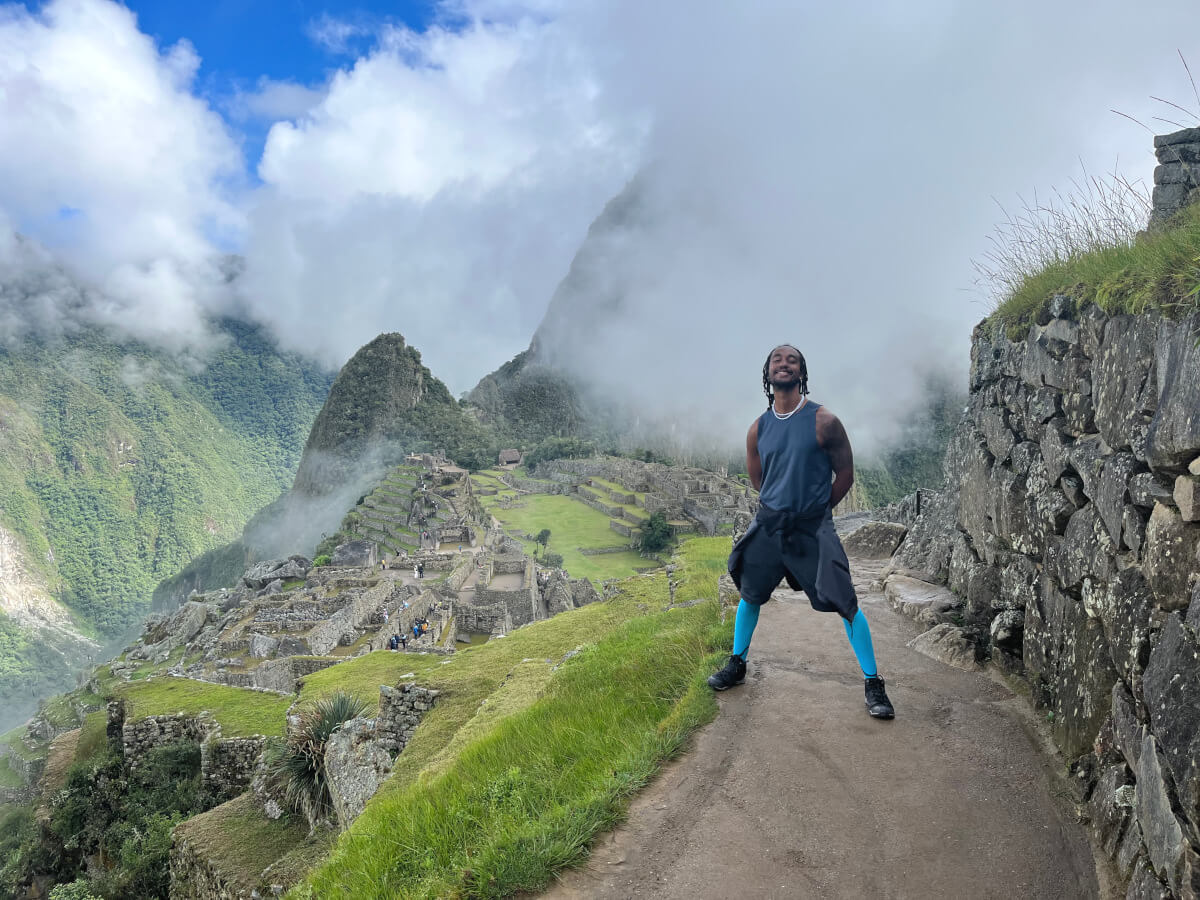If you like exciting adventures, trekking in Lencois Maranhenses must be on your list while visiting Brazil. In this article, I will try to convince you to explore the natural sand dunes of Brazil. After experiencing this magical place, I couldn’t stop thinking that people should know about it and plan a trip to Maranhao, the Brazilian state where Lencois is part.
The area surrounding the Lencois Maranhenses National Park has great cities to explore; Sao Luis, Jericoacara, and Parnaiba are the biggest ones. After reading this article, I hope the idea of including this place in your list of adventures will materialize when exploring Brazil.
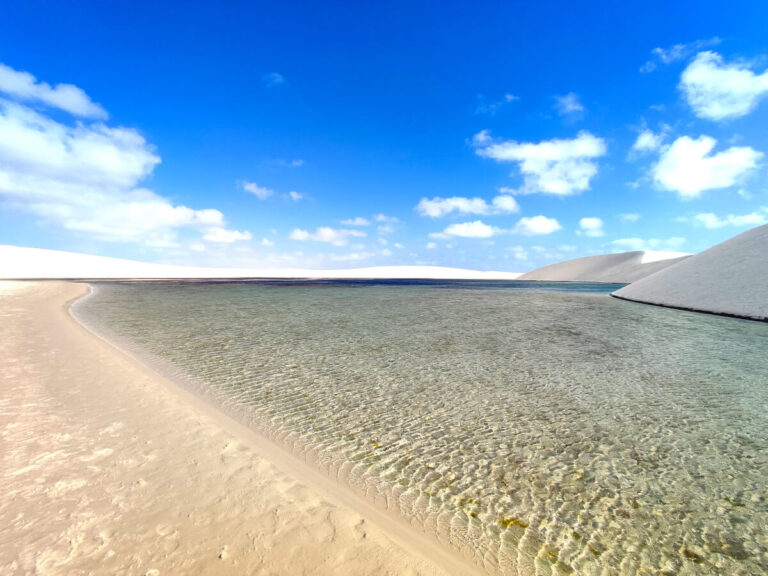
Table of Contents
A different type of hike
Trekking in Lencois Maranhenses offers an experience that stands out from traditional hiking adventures. Unlike the usual trails through forests, mountains, or coastal paths, this hike involves navigating through vast expanses of clean, white sand dunes, resulting in a landscape that resembles a desert more than the typical national park.
This unique terrain results from the area’s peculiar climate, which, despite receiving a significant amount of rain, supports very little vegetation due to the rapid water drainage through the sandy soil.
One of the most distinctive aspects of hiking in this national park is the challenge of walking through the sand. Hiking on sand requires more effort than walking on solid ground because the sand shifts underfoot, making each step harder and consuming more energy. This extra effort adds a layer of physical challenge, making it a different experience that tests endurance and strength.
The experience is influenced by the weather conditions, particularly the sun exposure. The open spaces with minimal shade mean you are exposed to the sun’s rays during the trek. This exposure requires good preparation, with adequate sun protection, hats, and long-sleeved clothing to prevent sunburn and heat exhaustion. It’s also important to carry plenty of water to stay hydrated in the heat, which can be intense, especially during the middle of the day.

The incredible and diverse landscape
Lencois Maranhenses is a place of surreal beauty and incredible natural diversity, unlike any other landscape. The area combines white sand dunes, freshwater lagoons, and small, lush forests that look like oases, creating a beautiful mosaic of ecosystems.
The most iconic feature of Lencois Maranhenses is the sand dunes, which extend as far as the eye can see, resembling a desert landscape.
However, this “desert” is unique because it receives annual rainfall. This rainfall does not find a way out in the sea. Instead, it collects in the valleys between the sand dunes, giving birth to thousands of lagoons with blue and green water. These seasonal lagoons peak between June and September, after the rainy season.
The few “oases” spread throughout the park, adding diversity to the landscape. Small forests have taken root in areas where the sand is firmer and enough water passes under the sand. They contrast the surrounding sea of sand, showing the adaptability of nature and providing habitats for the wildlife species in the park. The greenery of these forests adds a vibrant color to the landscape, enriching the park’s overall diversity.
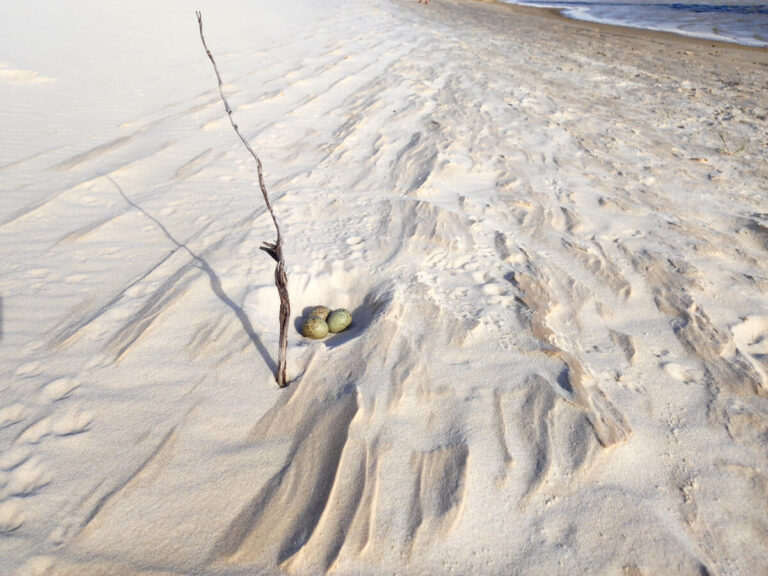
Cultural Integration
This experience goes beyond the incredible landscapes, it will allow you to immerse yourself in the local culture and learn about the local way of life in the park. There are 14 families of natives living in Lencois Maranheses for many years, it’s an enriching experience to learn about their simple way of living.
These families have adapted to the challenging environment of the region. They rely on fishing, small-scale agriculture, and increasingly, tourism, for their livelihoods. It’s interesting to have a firsthand look at the resourcefulness of the local people, who live in harmony with the cycles of rain and drought that define the landscape.
When I visited the park, I found the local guides very keen to share their knowledge of the park’s ecology as well as their cultural heritage. Guides often provide invaluable perspectives on the history of the area, including tales of their ancestors’ ways of life and the changes brought about by modernity. It was exciting to listen to their stories, observing the landscape through their eyes increased my appreciation for the park and its cultural significance.
And even if you don’t speak Portuguese, you will be surprised at how well Brazilians can communicate. Portuguese is a very expressive language, and Brazilians have tons of patience to talk to foreigners. It will be a great opportunity to sharpen your Portuguese skills with their help.
Thinking about flying to Lencois Maranhenses? Check flight options on Kiwi, it's my favorite way to book plane tickets:
Delicious food
The local cuisine offers adventurers a delightful exploration of the area’s flavors. The meals, though simple, are prepared with so much care and authenticity that turns each dish into a memorable experience. I was surprised with the quality of the food prepared during my experience; they also had vegetarian options.
Manioc (cassava), a root vegetable that grows in the region, is an essential component of the local cuisine. It can be found in various forms, from “farofa,” a toasted manioc flour mixture used to accompany many dishes, to “tapioca,” a crepe-like snack filled with sweet or savory ingredients. Manioc is also the base for “beju,” a traditional flatbread that is very common in northeastern Brazil.
Fruit also plays a significant role in the local cuisine, with the area’s tropical climate supporting a variety of fruits like mangoes, guavas, and cashews. These are often eaten fresh or used in desserts and juices.
The hospitality of the local families in Lencois Maranhenses adds another layer to the dining experience. Meals are shared with guests in a communal setting, allowing you to taste the local cuisine and meet other travelers.
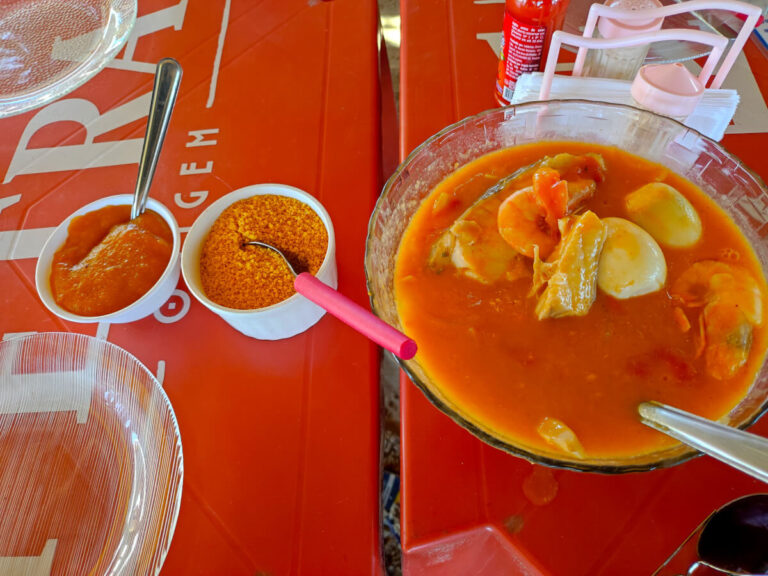
Learn about hiking on dunes
This adventure offers a unique challenge and learning opportunity for hikers: the art of hiking on sand dunes. Unlike typical hiking trails, the vast expanses of white sand dunes in this landscape require a different set of skills and preparations.
The first lesson in sand dune hiking is about the importance of proper footwear. You will quickly learn that traditional hiking boots may not be the best choice for this environment. Instead, lightweight shoes with a good grip or even barefoot walking can be more effective, allowing for a better feel of the sand. In all three days of trekking in Lencois Maranhenses I was only barefoot, wearing socks didn’t show very useful for me.
Another key aspect of hiking on sand dunes is mastering the technique of walking on loose sand. You will discover that walking on sand requires more energy than walking on solid ground because the sand shifts under your weight. To conserve energy, it is essential to find a good pace that allows you to walk steadly without getting tired fast.
Navigating through the dunes requires a good sense of direction and an understanding of how the wind shapes the landscape. You will learn to read the terrain, identifying the easiest paths up and over the dunes and spotting the firmest areas to step on.
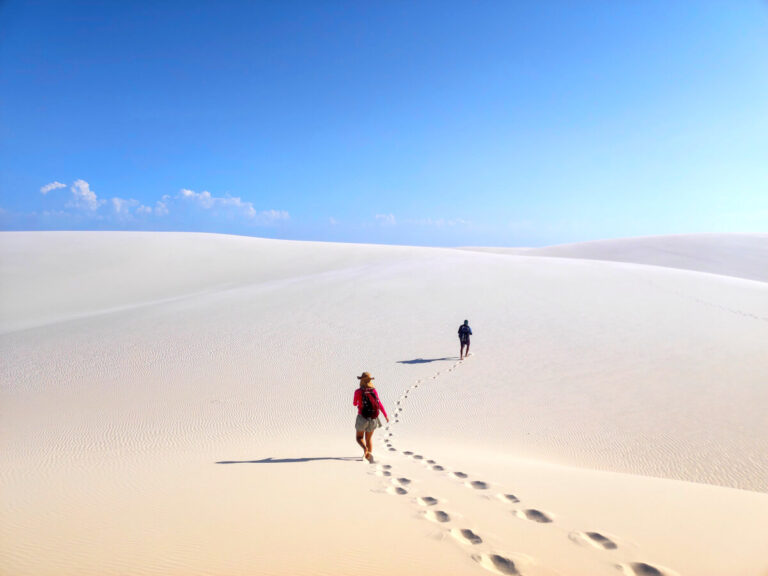
Beautiful sunsets
Witnessing a sunset from the top of a sand dune after trekking in Lencois Maranhenses is an incredible experience; sunsets are always beautiful, but from the top of dunes, they are even more special. The setting sun radiates a magical light, painting the sky in shades of fiery oranges, creating a nice picture of the lagoons in the area.
The beauty of a sunset in Lencois Maranhenses lies not only in the colors that fill the sky but also in the serene atmosphere it creates. The usual noises of day give way to peace sounds, enhanced by the breeze and the distant sound of water.
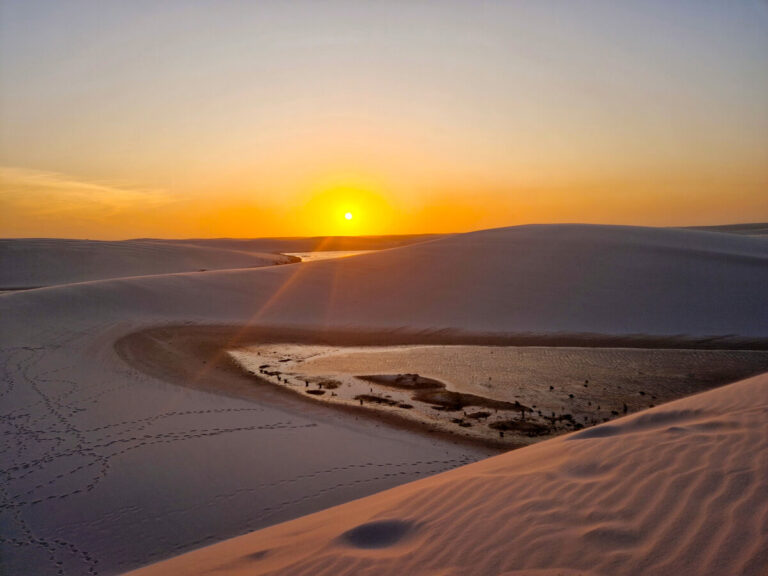
More than 30k lagoons
Another reason to go trekking in Lencois Maranhenses is the fact that more than 30,000 freshwater lagoons exist in the valleys between these dunes. The water level in the lagoons increases considerably during the rainy season. This incredible phenomenon transforms the landscape into a mosaic of crystal-clear pools, creating a contrast against the white sands.
The existence of these lagoons is a natural beauty, resulting from the unique climatic conditions of the region. Despite its desert-like appearance, the area receives a significant amount of rainfall annually, particularly between January and June.
The rainwater collects in the impermeable basin created by the sand dunes, which prevents the water from going down into the ground. Instead, it accumulates, forming lagoons that can reach depths of up to three meters and vary in size.
The most famous lagoons, such as Lagoa Azul and Lagoa Bonita, bring visitors daily to the park. They swim in their refreshing waters and spend a chill day around it. It is also possible to organize a tour from Barreirinhas or Santo Amaro only to visit these lagoons.
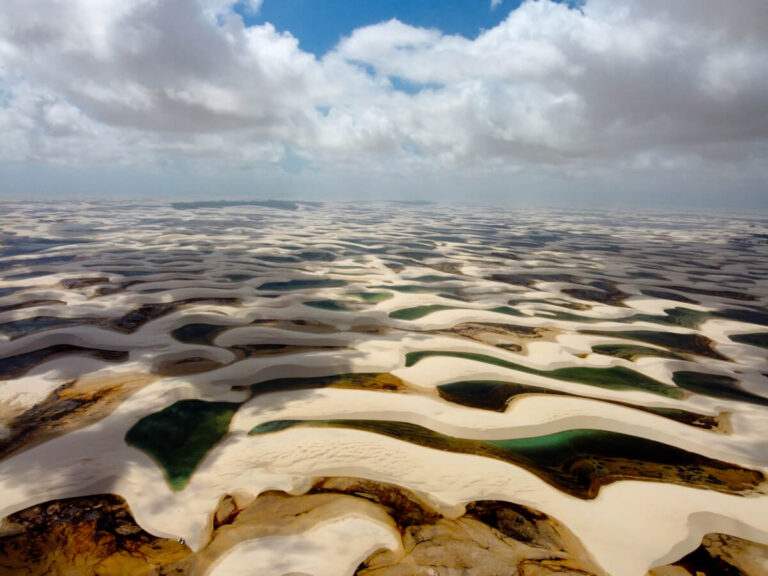
Explore the Rota das Emocoes
Lencois Maranhenses is part of the famous Rota das Emoções. This incredible route passes by 14 cities and three states, including Jericoacara, Delta do Parnaiba and Lencois Maranhenses. It’s a perfect opportunity to extend your journey to other natural wonders along the northeastern coast of Brazil.
The Rota das Emoções is a journey through some of Brazil’s most stunning and diverse ecosystems, offering various experiences ranging from sand dunes to adrenaline adventures with kitesurf and windsurf.
Starting in Lencois Maranhenses, the journey continues towards the Delta do Parnaíba, the only open-sea Delta in the Americas, where the Parnaíba River meets the Atlantic Ocean. Exploring the Delta contrasts the dunes of Lencois Maranhenses, showing the rich biodiversity of Brazil’s coastal regions.
The final leg of the Rota das Emoções leads adventurers to Jericoacoara, a remote beach paradise known as “Jeri.” This small fishing village is renowned for its beaches and the laid-back lifestyle that captivates visitors.
Its possible to visit only the main lagoons
For those unwilling to join the trekking in Lencois, visiting the main lagoons through day tours is possible. These tours with buggies or 4×4 vehicles will bring you to Lagoa Azul and Lagoa Bonita, the most famous lagoons in the region.
The main lagoons are filled with crystal-clear rainwater during the rainy season, creating natural swimming pools between the white sand dunes. The contrast between the pristine sands and the vibrant blues and greens of the water is a masterpiece of nature. It offers spectacular photo opportunities and the chance to swim in some of the most unique natural locations on the planet.
Day tours to these lagoons typically start early, allowing visitors to make the most of the day and avoid the hottest part of the afternoon. The journey to the lagoons can be an adventure in itself, often involving a ride in a 4×4 vehicle over the sand dunes.
Visiting the main lagoons in Lencois Maranhenses through day tours is an ideal option for those who wish to experience the park’s essence in a short time. This experience will leave great impressions of the majesty of Lencois Maranhenses, possibly inspiring many to return one day and explore even more.
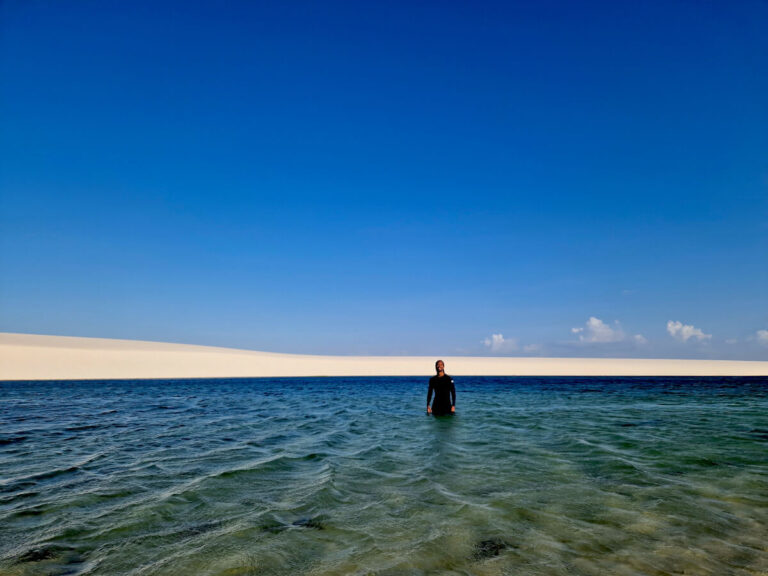
Looking for activities in Lencois Maranhenses? Check these options on GetYourGuide, it's my favorite way to book activities while traveling:
Availability all year
Adventuring yourself in Lencois Maranhenses at any time of the year is possible. During the rainy season, typically from January to June, the park transforms dramatically. The rains fill the valleys between the dunes with fresh water, creating thousands of lagoons that flash shades of blue and green under the sun.
The rainy season is ideal for those looking to experience the beauty of the natural pools. It provides stunning views and the opportunity for refreshing swims amid the desert-like landscape. Hiking during this time allows adventurers to witness the park’s most vibrant vibe, with flora and fauna flourishing around the water sources.
When the dry season starts from July onwards, the park presents different views. Thousands of lagoons dry during this time, making swimming and refreshing during the trek harder. The desert-like views of the park are more extraordinary during this time, and only the main lagoons remain with water.
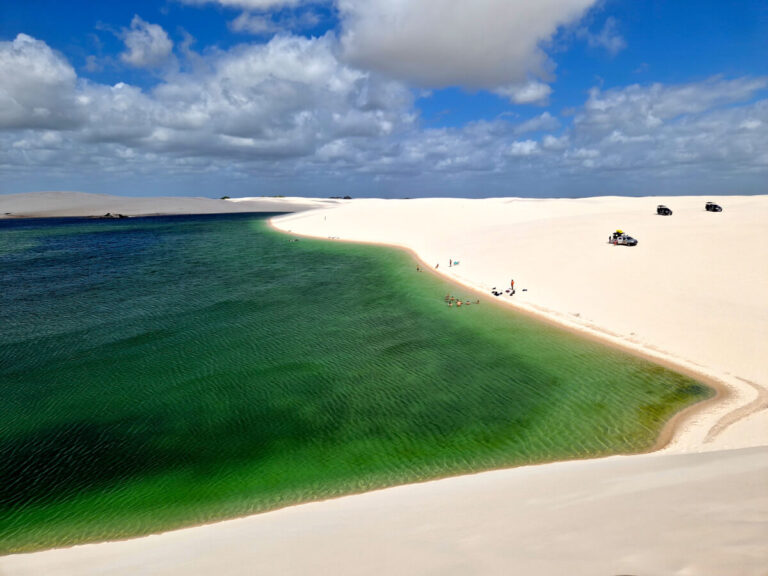
Recommendations
While adventuring in Lencois, I stayed one night in Barreirinhas (click here to book a place) the night before starting the adventure with the Lencois Maranhenses Trekking, their services were great during the three days of trekking.
As for accommodation in the park, I stayed at Pousada Paraiso dos Lencois, where Dona Loza prepared amazing homemade food. On my second day, I stayed with Sr. Raimundo in Queimada dos Britos. Both accommodations were simple but nice. It was a great experience!!!
Conclusion
I hope this article will convince you to visit or adventure yourself trekking in Lencois Maranhenses. Of all the hikes I did in Brazil, this was one of the highlights due to the diversity in the landscapes, the views, the food, and the experience I gained hiking in this type of environment.
Are you looking for more trekking tours in Brazil? Check this one; it was one of the toughest trekking tours I’ve done in my life. This tour was in Chapada Diamantina, a heaven for adventurers looking to explore the state of Bahia in Brazil.
See you all on the next adventure!!! Bye!!

